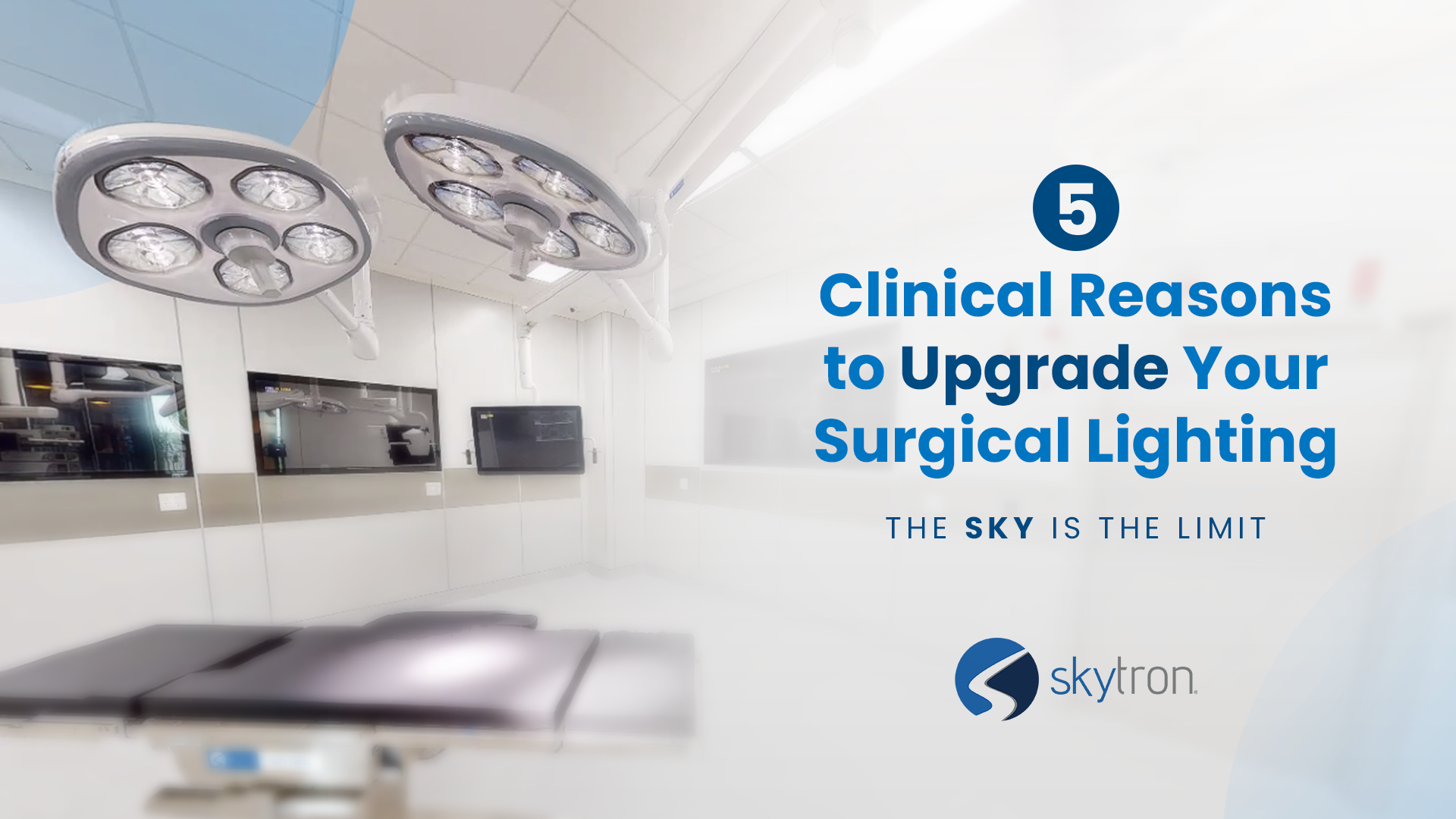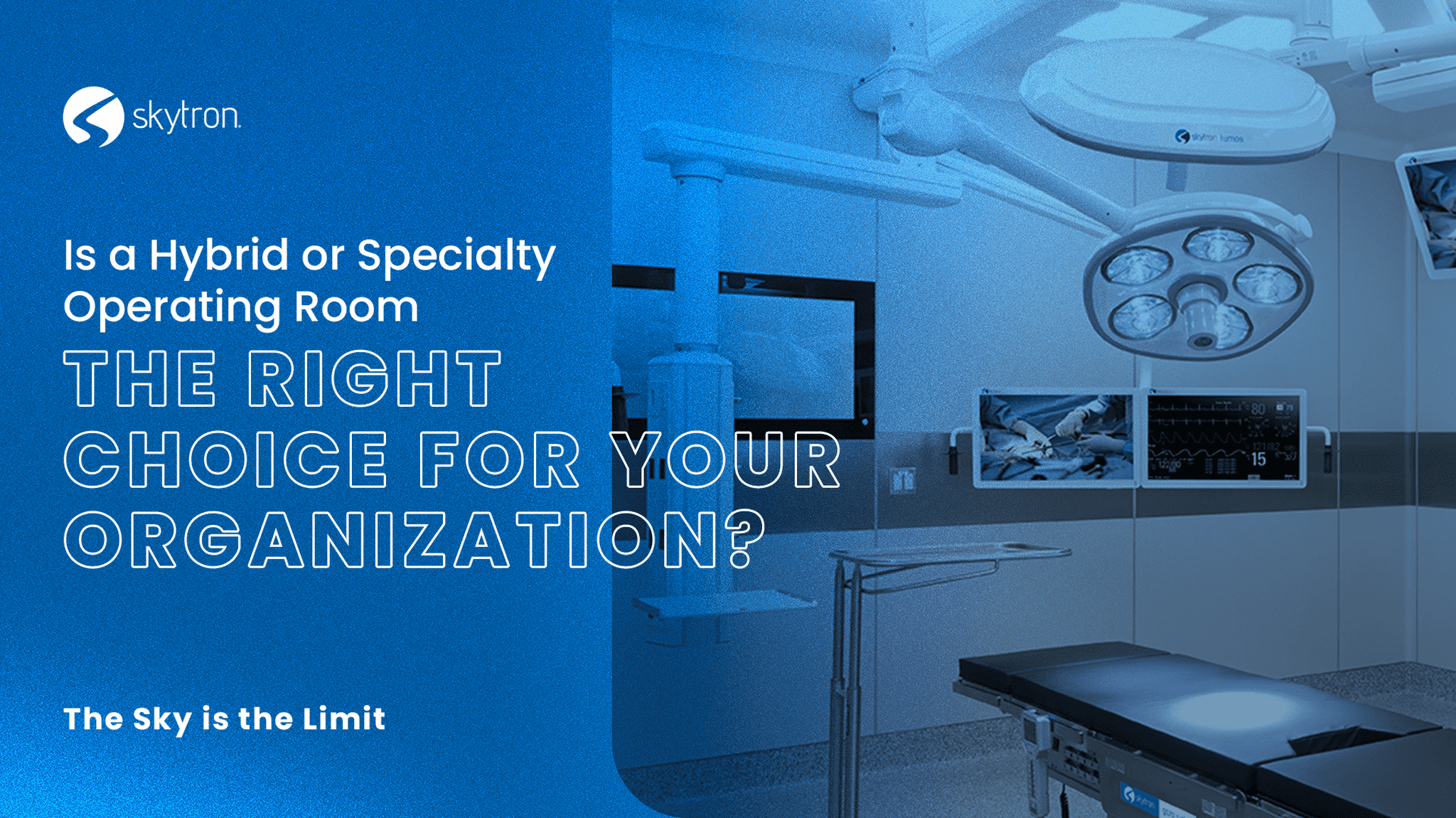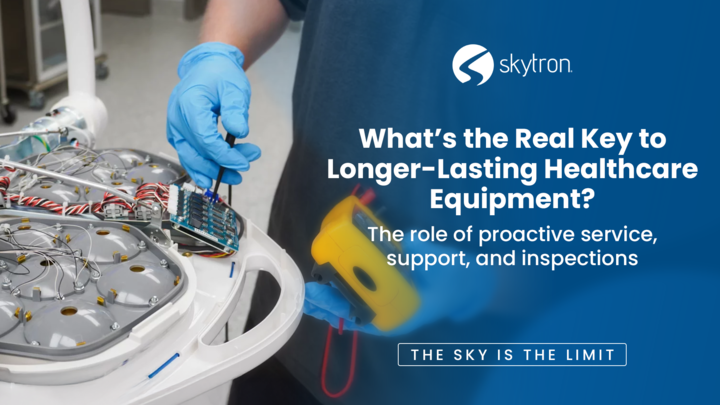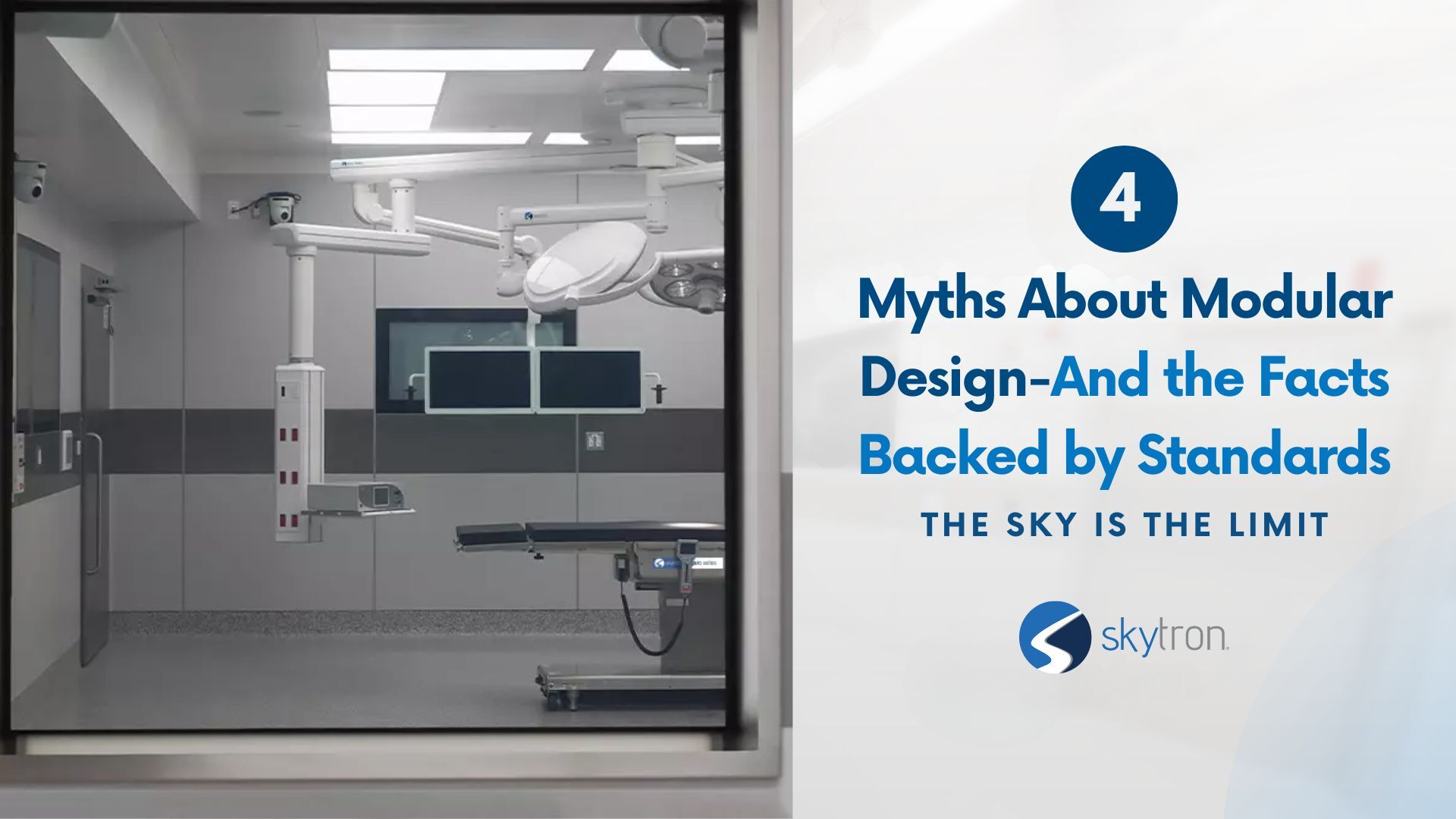
-
Written ByRebecca Kinney
-
PublishedAugust 26, 2025
At the end of the day, surgical lighting isn’t just about brightness; it’s about giving teams the correct devices needed to work safely, efficiently, and with confidence.
Let’s be honest, surgical lighting either sets the team up for success or slows everything down. When surgeons can see clearly, procedures move faster, safer, and with fewer interruptions. In this edition of The Sky is the Limit, we’re breaking down five clinical reasons why advanced lighting isn’t just helpful, it’s essential.
1. Enhance Surgical Accuracy
Surgical precision starts with what the team can clearly see, while inadequate lighting introduces risk, especially during critical or complex cases.
According to Curlin J, Herman,
“Poor illumination, uneven light, shadows, and glare can mask anatomical structures or bleeding vessels, increasing surgical error risk. Optimal surgical lighting ensures sufficient ambient brightness and adjustable focus during key operative phases1.“
2. Support Infection Control
Maintaining a sterile field isn’t just about protocol; it’s about what you can see, and lighting plays a surprisingly direct role in minimizing infection risk.
Did you know that:
“Surgical site infections (SSIs) complicate roughly 0.5–0.7% of inpatient procedures, comprising nearly 25% of all healthcare-associated infections in community hospitals, with Staphylococcus aureus (including MRSA) as the leading pathogen 2.“
Consistent, homogeneous lighting that avoids shadows or glare supports the detection of tissue margins and contaminants during closure.
3. Reduce Clinician Fatigue and Ergonomic Strain
Fatigue doesn’t always just come from long cases; sometimes, it’s the environment. Subpar lighting can wear down focus and comfort faster than you think.
Here are some clinical stats supporting this claim:
Eye strain and discomfort are prevalent in the OR and linked to optical issues and high luminance contrast. Studies report that 59% of OR personnel experience eye fatigue, correlated with posture-related musculoskeletal strain 3.
4. Minimize Interruptions and Time Loss
Any disruption in the OR eats up valuable minutes. Lighting should support the pace, not slow it down.
Repeated repositioning disrupts the team’s concentration. Research shows these interruptions can degrade focus for up to 23 minutes per incident, affecting efficiency 4.
At Skytron, we think that controlling focus should be possible from a sterile handle. Eliminating the need to reposition the lighthead up or down. This allows the focal point to adjust according to the surgical team’s preference with just one twist of the sterile handle.
5. Enable Real-World Clinical Confidence
Current OR teams require lighting that’s flexible, precise, and surgeon-led.
Our Skytron surgical light, Lumos, allows live customization of field diameter, depth, shadow mitigation, and color temperature. This adaptability is critical across specialties, from orthopedic to ENT, with the ability to fine-tune visualization at every stage. In multi-hospital data, ~60% of complex SSIs occurred after ~2 million procedures, underscoring persistent infection risk and the importance of real-time visual clarity 5.
Why It Matters to Clinical Teams
When it comes to surgical lighting, the right features can directly impact patient safety, staff comfort, and OR efficiency. Here’s how one of our surgical lights, Lumos, delivers:
- Precision & Accuracy – A high CRI and uniform beam with adjustable focus helps reduce visual ambiguity, so surgical teams can work with clarity and confidence.
- Sterility & Safety – Heat-managed, shadow-free lighting improves wound visualization and supports accurate closure oversight.
- Staff Ergonomics – Adjustable spectral output, glare control, and bedside brightness adjustment help reduce eye strain and posture issues during long procedures.
- Efficiency & Workflow – A surgeon-controlled sterile handle makes it easy to adjust focus without breaking the sterile field, minimizing interruptions and delays.
At the end of the day, surgical lighting isn’t just about brightness; it’s about giving teams the correct devices needed to work safely, efficiently, and with confidence. When lighting supports accuracy, reduces fatigue, protects the sterile field, and keeps the room moving without disruption, everyone benefits, especially the patient. Investing in better lighting means investing in better outcomes.
References
1. Current State of Surgical Lighting | ResearchGate
2. Epidemiology of Surgical Site Infection in a Community Hospital Network | National Library of Medicine
3. Better Lighting Recommendations for Open Surgery | Lumitex
4. Workflow Interruptions and Operator Fatigue in the Operating Room: An Observational Study | National Library of Medicine
5. Trends in Surgical Site Infection Rates in Community Hospitals (2013–2018) | National Library of Medicine





